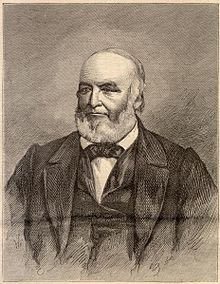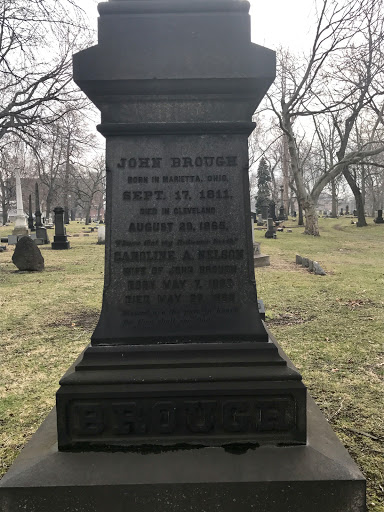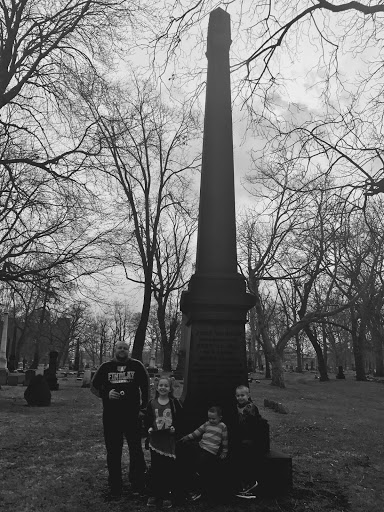
|
| Reuben Wood |
Born: 1792 or 1793
Died: October 1, 1864
Political Party: Democrat
Term of Office: December 12, 1850- July 13, 1853
Buried: Woodland Cemetery Cleveland, Ohio
No. 36 of 58
Reuben Wood was born in Vermont in either 1792 or 1793 to a minister father. At age 15 he went to live with his Uncle in Canada after his father's death. When the War of 1812, Wood was forced into the Canadian military. Wood escaped Canada and made it back to the United States, where he enlisted into the American military for awhile. After the war, he moved back to Vermont to be with his mother and got a job teaching school, as he also studied law.
In 1818, Wood moved to Cleveland with his young family and was admitted to the Ohio bar. At the time, Cleveland was really just a town of about 600 people. As Wood practiced law in Cleveland, he started to make a name for himself. He entered politics in 1825 by becoming a member of the Ohio State Senate. In 1830, Wood left the State Senate to became a judge on the Court of Common Pleas for the Third Judicial District. Then in 1833, he was chosen to be a Justice on the Ohio Supreme Court. He was a member of the state Supreme Court until 1847.
In 1850, Wood's credibility established while serving in the Ohio State Supreme Court made it possible for him to run for Governor as a Democrat. He won the election, but he took office at an awkward time. The Ohio Constitutional Convention of 1850 was already in session. The new States Constitution stated that Governors would be elected in odd numbered years from then on. And so, Wood's 1850 election was only good for 1 year, instead of 2. Even so, in the election of 1851, Wood won reelection.
Wood resigned the Governorship in July 1853 when he was appointed to become America's consul to Chile. He returned home from Chile in 1855 to retire to his farm near Cleveland. He died in 1864.
Reuben Wood's gravesite was the 3rd of 6 new Governor grave visits that I made on a day trip to Cleveland in late March 2017. The 2nd in Woodland Cemetery.

|
|
|

|
| The stone is aged and hard to read. But you can make out the words :"Reuben Wood" at the top and "Governor of Ohio" at the bottom. So I knew that I found the right one. |

|
|
|
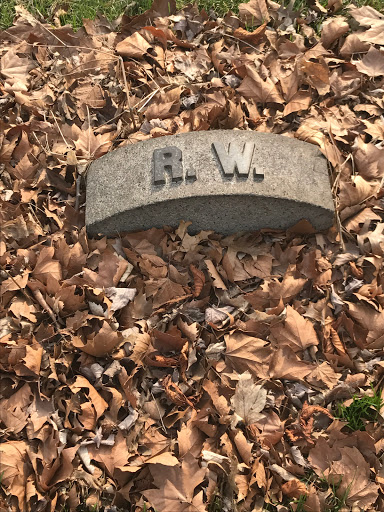
|
|
|
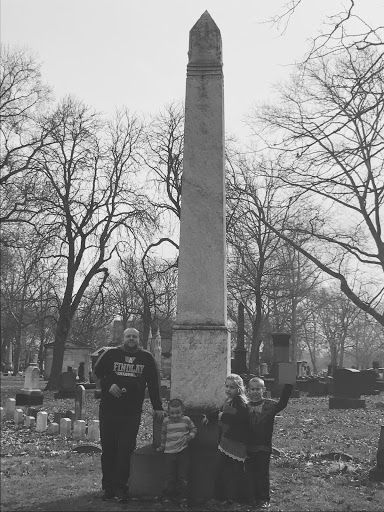
|
| My kids and I and Governor Wood |





